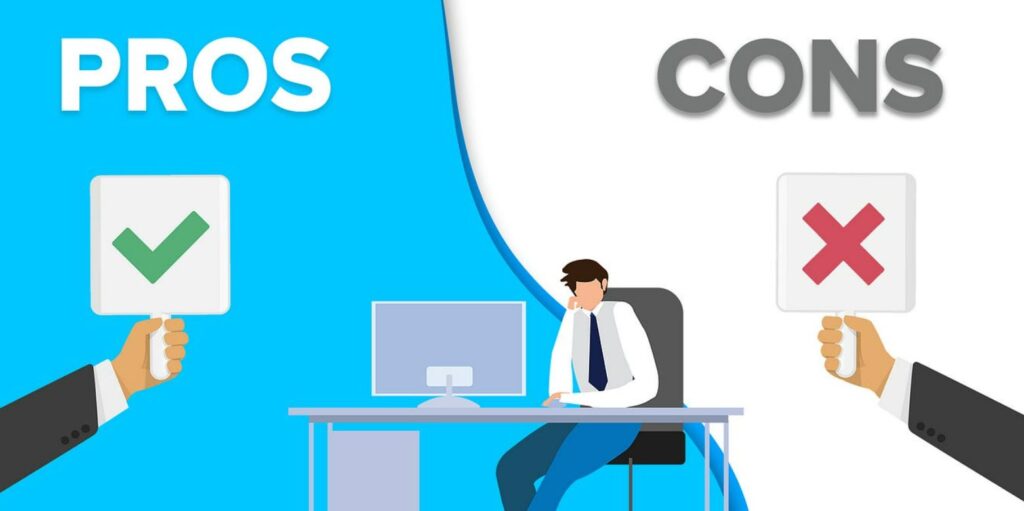 April 7, 2025
April 7, 2025
If you’re a credit card holder, you’ve likely encountered the term minimum amount due on your monthly statements. While this may sound like another financial phrase, fully grasping its implications can make a big difference in managing your credit cards and overall finances.
This guide will explain the minimum amount due on a credit card, how it’s calculated, and why it’s important. Additionally, we’ll explore the advantages, disadvantages, and strategies for managing it effectively.
What is Minimum Amount Due in Credit Card?

The minimum amount due credit card is the lowest payment you’re required to make each billing cycle to keep your credit card account in good standing. It’s calculated as a small percentage of your total outstanding balance, plus any additional fees or charges accrued during the billing period.
This figure is designed to ensure that you’re making progress on your balance while avoiding penalties like late fees or negative marks on your credit history.
For instance, if your outstanding balance is ₱15,000 and your credit card’s minimum payment rate is 5%, your minimum amount due will be ₱750. That amount is the least you must pay before the due date to avoid late fees and keep your account in active status.
Why Do Credit Card Companies Require a Minimum Payment?
Credit card issuers provide flexibility by allowing users to carry a balance from month to month. However, they also need to mitigate risks associated with unpaid debts.
The minimum payment requirement is a middle ground—it ensures the cardholder makes at least a partial payment, which reduces the lender’s risk while giving the cardholder breathing room in case they can’t afford to pay the balance in full.
Paying the minimum amount due is particularly relevant to cardholders during times of financial hardship or cash flow shortages. But while it’s an option, consistently relying on it may have long-term consequences.
How is the Credit Card Minimum Amount Due Calculated?

The exact calculation of the minimum amount due varies depending on the credit card issuer, but it typically includes the following components:
A Percentage of Your Total Balance
The minimum payment is usually calculated as 1% to 5% of your outstanding balance. For example, if your balance is ₱20,000, the minimum payment might range from ₱200 to ₱1,000.
Interest Charges
If you haven’t paid your previous balance in full, interest charges will accrue, and a portion of this interest will be included in your minimum payment.
Past-Due Amounts
If you missed a payment in a prior cycle, the unpaid amount will be added to your current minimum payment.
Installment Payments (If Applicable)
Many credit cardholders use their cards to make large purchases under installment plans. These monthly installments are added to your minimum amount due.
Fees and Penalties
Any late payment fees or other charges from previous statements will be incorporated.
To learn more about installment plans, check out our guide on credit card installment plans.
The Pros and Cons of Paying the Minimum Amount Due

Like many financial tools, minimum payments come with both advantages and disadvantages. Here’s a closer look:
Advantages
While paying only the minimum isn’t ideal for long-term financial health, it does offer some immediate benefits.
Avoid Late Fees
Paying at least the minimum ensures you won’t be charged additional penalties for late payment, which typically range from ₱500 to ₱1,000 or more.
Maintains a Positive Credit History
Consistently paying at least the minimum helps you maintain a good payment record, which is crucial for your credit score.
Short-Term Financial Relief
If you’re facing unexpected expenses or a cash crunch, paying the minimum can provide short-term relief by allowing you to manage other financial priorities.
Disadvantages
Despite its short-term benefits, relying on minimum payments can lead to costly financial consequences in the long run.
Accumulating Interest
When you only pay the minimum, the unpaid balance carries over to the next billing cycle, and interest is charged on it. Over time, this can significantly increase your overall debt.
Prolonged Debt Repayment
Paying just the minimum means it could take years to clear your balance entirely, especially if you continue using your credit card for new purchases.
Potential Impact on Credit Utilization <h3>
High credit utilization (the ratio of your outstanding balance to your credit limit) can harm your credit score, even if you pay the minimum due on time.
Want to know more about managing credit cards effectively? Check out credit card payment methods for alternative ways to reduce your balance faster.
What Happens if You Only Pay the Minimum Amount Due?

Let’s discuss a real-life scenario to understand the long-term impact of paying only the credit card minimum amount due.
Total Balance: ₱50,000
Minimum Payment Rate: 5% (₱2,500)
Annual Interest Rate: 20%
If you consistently pay only the minimum, it could take you years to fully pay off your balance. Over this period, you’d end up paying a significant amount in interest—potentially doubling your original balance.
This underscores the importance of paying more than the minimum whenever possible.
When is Paying the Minimum Amount Due a Good Idea?
There are specific situations where paying the minimum is a practical choice:
Financial Emergencies
If an unforeseen event (like medical expenses or a job loss) disrupts your financial stability, paying the minimum allows you to keep your account active while focusing on more urgent priorities.
Preserving Credit Standing
Even if you’re unable to pay in full, paying the minimum ensures that your credit report reflects on-time payments, which is vital for maintaining or improving your credit score.
Temporary Cash Flow Issues
For short-term cash flow constraints, paying the minimum buys you time without incurring late payment fees.
While these scenarios may justify paying the minimum, it’s essential to have a plan to pay off your outstanding balance as soon as your financial situation improves.
For tips on how to get started with credit cards responsibly, check out credit cards for beginners.
How to Avoid Relying on Minimum Payments
Here are some strategies to break free from the cycle of credit card minimum payments:
Create a Budget
Allocate a portion of your monthly income specifically for credit card payments. Aim to pay at least 50% or more of your outstanding balance to reduce interest charges significantly.
Cut Back on Unnecessary Expenses
Evaluate your spending habits and identify areas where you can cut back. The money saved can be directed toward paying down your credit card balance.
Make Frequent Payments
Instead of waiting until the due date, make smaller payments throughout the billing cycle to chip away at your balance.
Use Balance Transfer Options
Some credit cards offer balance transfer promotions with lower interest rates. This can help you consolidate debt and save on interest payments.
Set Up Automatic Payments
Avoid missed payments by setting up an automatic debit for your credit card bill. You can schedule payments to cover the entire balance, the statement balance, or an amount higher than the minimum.
Explore Installment Plans for Large Purchases
If you’re planning to make a significant purchase, consider using a credit card installment plan to spread the cost over several months at a lower interest rate.
Choosing the Right Credit Card for Your Lifestyle
Understanding credit card minimum amount due is more than just a financial literacy exercise—it’s an important aspect of responsible money management. While it’s a useful safety net in times of need, relying on minimum payments as a long-term strategy can lead to mounting debt and financial stress.
To maximize the benefits of your credit card while avoiding its pitfalls, aim to pay off your balance in full each month or at least pay more than the minimum. With proper planning and discipline, you can take control of your credit card payments and set yourself on the path to financial freedom.
Managing credit card payments effectively starts with selecting the right credit card. Every card has unique features, such as interest rates, rewards, and perks. It’s crucial to choose a card that aligns with your spending habits and financial goals.
To help you make an informed decision, visit Cards PH’s credit card directory for a comprehensive comparison of available options. For additional resources, explore our guide on credit card requirement.